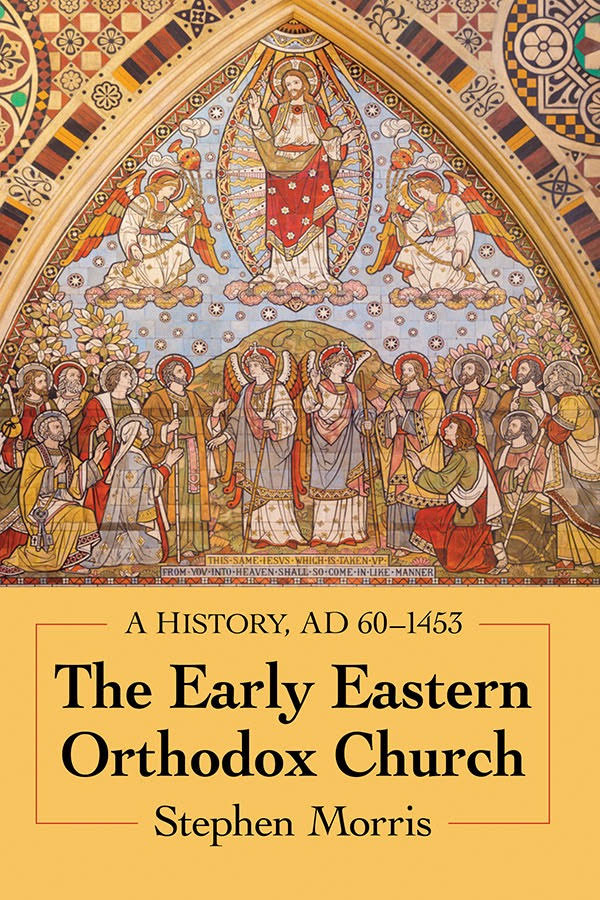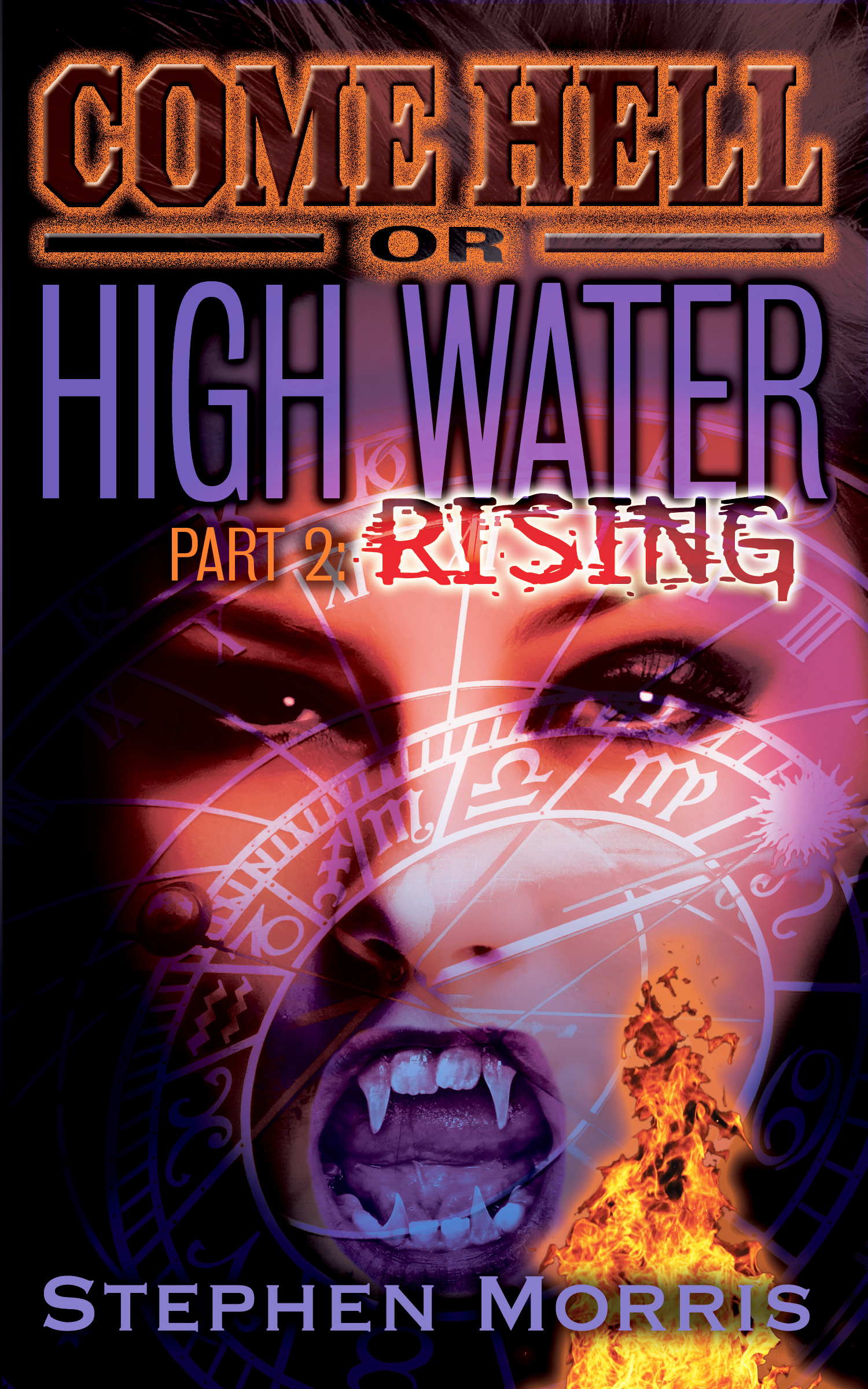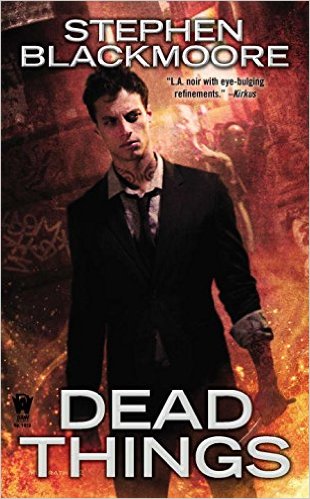
A great introduction to the basic theology of the Incarnation and our experience of salvation.
Looking for a book to read this Advent? Look no further! A great introduction to the basic theology of the Incarnation and our experience of salvation, The Early Eastern Orthodox Church: A History (AD 60-1453), provides what you are looking for. Easy-to-read, user-friendly chapters give the background of the great controversies about how divinity and humanity are present in Christ. Excerpts from the leading theologians of the 4th to 7th centuries are given. Their ideas are discussed and explained in language modern readers can easily grasp.
What better way to prepare for Christmas than to spend time with St. Athanasius of Alexandria, St. Cyril of Alexandria, and St. Maximus the Confessor in order to better understand the mystery of God becoming human in Christ? The early Christian struggle to understand how Jesus is both 100% divine and 100% human is described. The vital role of Mary–and the importance of her title “Mother of God” as the way to adequately describe who her Son truly is–is the subject of one chapter as is the harmonization of our struggling, combative wills with Christ’s will for us.
Although Jesus is the unique God-made-human whose birth we celebrate at Christmas, we are able to share in His life.
“The Word of God, born once in the flesh (such is His kindness and His goodness), is always willing to be born spiritually in those who desire Him. In them, He is born as an infant as He fashions Himself in them by means of their virtues. He reveals Himself to the extent that He knows someone is capable of receiving Him. He diminishes the revelation of His glory not out of selfishness but because He recognizes the capacity and resources of those who desire to see Him. Yet, in the transcendence of mystery, He always remains invisible to all.” (St. Maximus the Confessor)
Get your copy of The Early Eastern Orthodox Church: A History (AD 60-1453) now and celebrate Christmas with a new or deeper understanding and appreciation for the coming together of humanity and divinity in the manger at Bethlehem.


